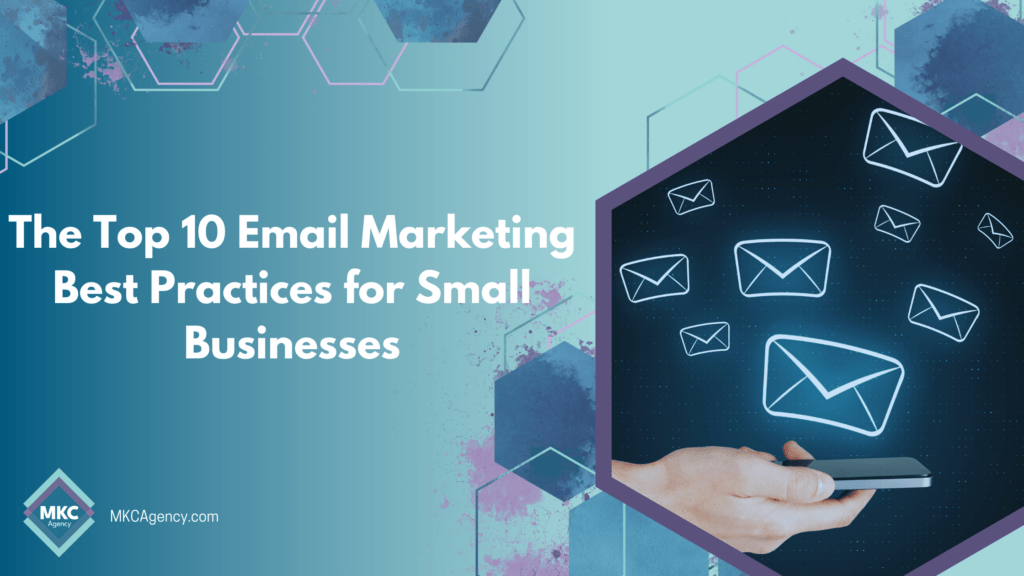As a small business owner, email marketing is essential for building and nurturing relationships with your customers. To help you get the most out of your email marketing efforts, we’ve compiled a list of the top 10 email marketing best practices:
Build a targeted email list:
Building a targeted email list means you have a list of people who have opted-in to receive your emails and are interested in your business or products. To build a targeted email list, you can use lead magnets such as free downloads or offer exclusive content, events, and promotions in exchange for email addresses. You can also collect email addresses through social media, website forms, and events.
Use a clear and concise subject line:
The subject line is the first thing your recipient sees when they receive your email. It is essential to make it clear and concise to catch their attention and encourage them to open the email. Avoid spammy or clickbait subject lines, as they can harm your email deliverability and reputation.
Personalize your emails:
Personalization is an effective way to increase engagement and build relationships with your audience. You can personalize your emails by addressing the recipient by their name, sending relevant content based on their preferences or purchase history, and segmenting your email list.
Write compelling email copy:
The email copy should be engaging, concise, and easy to read. You can use storytelling, humor, and emotion to grab readers’ attention and keep them interested. The email copy should be focused on the recipient’s needs and provide value, whether it is information, entertainment, or a solution to their problem.
Use a responsive email design:
A responsive email design ensures your emails are optimized for devices, including desktops, laptops, tablets, and mobile phones. It means that your emails will look good and function well, regardless of the device used to view them.
Optimize for mobile:
A significant percentage of emails are opened on mobile devices, so optimizing your emails for mobile is essential. This means using a responsive design, using a mobile-friendly font, and including clear and concise CTAs.
Include a clear call-to-action:
A call-to-action (CTA) is a button or link that encourages the reader to act, such as purchasing or signing up for a free trial. It should be clear, concise, and visually stand out from the rest of the email.
Test and analyze your emails:
Testing and analyzing your emails can help you improve your email marketing efforts. You can test different subject lines, email copy, CTAs, and email designs to see what works best for your audience. Analyzing your email metrics, such as open rates, click-through rates, and conversions, can help you identify areas for improvement and make data-driven decisions.
Segment your email list:
Segmenting your email list means dividing it into smaller groups based on specific criteria, such as interests, demographics, or purchase history. It allows you to send more targeted and personalized emails to each segment, which can increase engagement and conversions.
Comply with email marketing regulations:
Email marketing regulations, such as the US CAN-SPAM Act, set commercial email standards and protect recipients from spam and deceptive practices. It is essential to comply with these regulations to avoid legal issues and maintain your email deliverability and reputation.
Ready to take your email marketing to the next level? Contact us today to learn how we can help.
Sources:
OptinMonster – How to Build an Email List
Campaign Monitor – Email Subject Lines
Hubspot – Personalization in Email Marketing
Copyblogger – How to Write Email Copy That Sells
Litmus – Responsive Email Design
Campaign Monitor – Mobile Email Optimization
Neil Patel – Call-to-Action Strategies
Mailchimp – Email Marketing Analytics
Hubspot – How to Segment Your Email List
Federal Trade Commission – CAN-SPAM Act Compliance Guide

